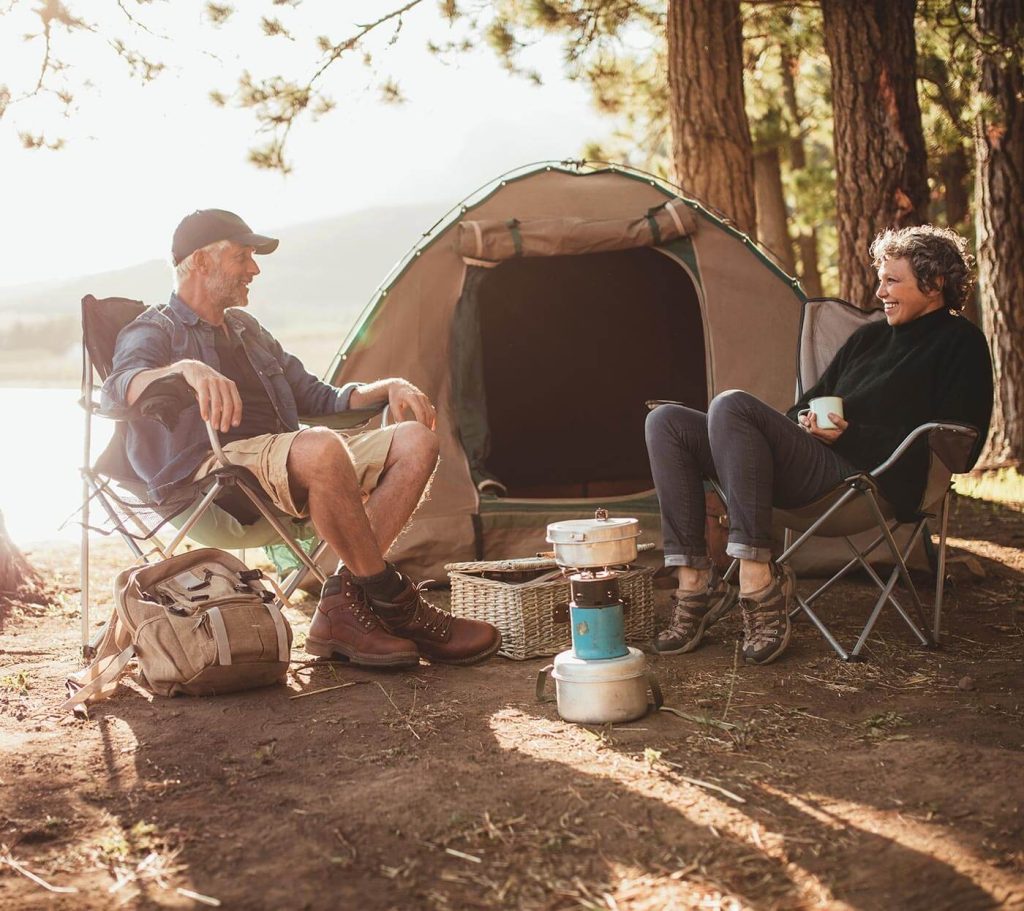How to Store Your Sleeping Bag for Travel: Tips for Easy Packing?
Ever tried cramming your sleeping bag into a suitcase and felt like you were losing a wrestling match? I’ve been there. And if you're like me—someone who wants gear ready, compact, and travel-friendly—then you know the struggle is real. The good news? You can pack smart and stress less, with just a few simple tricks.
To store your sleeping bag for travel, roll or stuff it tightly into a compression sack or packing cube, then place it at the bottom of your suitcase to save space and keep your items organized.
Packing can be stressful, especially when you’re trying to bring gear that’s not exactly suitcase-friendly. I’ve had my fair share of trials, especially with thick sleeping bags. But once I learned a few simple techniques, packing became much easier. Let me show you what works.
What’s the Best Way to Pack a Sleeping Bag in a Suitcase?
A packed suitcase often feels like a jigsaw puzzle—every item must fit just right.
Use a compression sack or packing cube to reduce your sleeping bag’s size, then lay it flat or tuck it at the bottom of your suitcase to stabilize other items.
Rolling vs. Stuffing: Which Saves More Space?
Both methods work, but for travel, stuffing usually wins. Stuffing forces the air out and allows your sleeping bag to conform to odd shapes in your suitcase.
| Method | Pros | Cons |
|---|---|---|
| Rolling | Neat and organized | Takes up more space |
| Stuffing | More compact and flexible fit | Can look messy |
If I have time and space isn’t tight, I roll. But when flying or taking a train, I stuff. Always into a compression sack if available.
Where Should It Go in the Suitcase?
Always pack it at the bottom. This keeps the sleeping bag compressed and gives your suitcase a stable base. Other gear like shoes or clothing can stack on top. And make sure it’s in a waterproof sack if you're traveling through wet areas.
How Should You Store Sleeping Bags at Home?
Most people toss their bags in the closet. That’s fine for short periods, but not for long-term care.
At home, store sleeping bags loosely in a breathable cotton or mesh sack, and keep them in a cool, dry place to maintain loft and longevity.
Why Not Keep Them in Compression Sacks?
Compression sacks are great for travel. But long-term compression damages insulation. I learned this the hard way with my first down sleeping bag—it never fluffed up the same way again.
Instead, use a large pillowcase, storage sack, or hang it over a hanger inside a closet. This helps maintain the bag’s loft and keeps it fresh for your next trip.
| Storage Method | Benefits | Risks |
|---|---|---|
| Compression sack | Saves space | Damages insulation over time |
| Loose cotton sack | Preserves loft | Takes up more space |
| Hanging | Best for down sleeping bags | Needs closet space |
What About Moisture and Odor?
Always make sure the sleeping bag is completely dry before storage. Moisture leads to mildew and bad smells. I like to air mine out for a full day after trips. You can also toss in a small moisture absorber or lavender sachet to keep things fresh.
Conclusion
Don’t let bulky gear ruin your trip or your storage space at home. With just a little care, your sleeping bag will be travel-ready and last for years of adventures.
Looking for high-quality sleeping bags or travel gear tailored for your business? Visit www.kingrayscn.com or contact Lisa Wang at marketing@kingrayscn.com to learn more or schedule a consultation.


